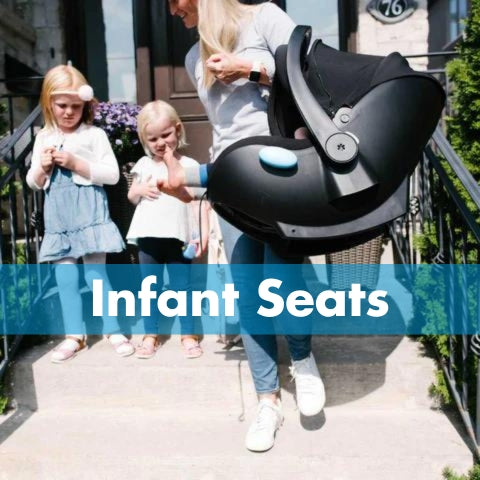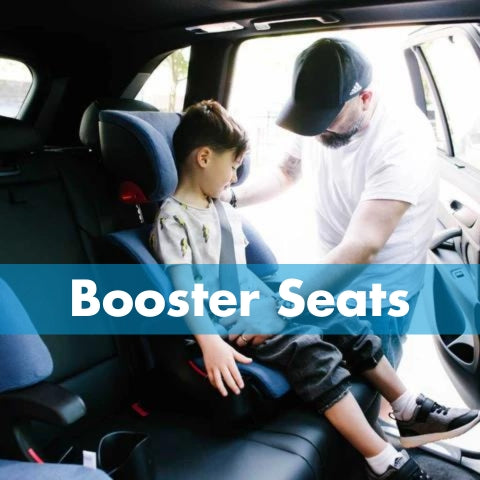Once a child reaches the maximum weight and height limits of their forward-facing convertible seat, it’s usually time to make the move to a booster seat. Children typically outgrow their seat in height before weight.
Boosters raise the child up in the vehicle seat to allow the seatbelt to pass correctly across their sternum and across their lower hips. Consider using a full back belt positioning booster to better position the seat belt over a child’s shoulders. Some high-back boosters also offer additional head protection, like Clek’s Oobr model with the side-wing energy absorbing safety feature.

Before choosing a booster as your child’s next seat, be sure:
- Child is at least 4 years old.
- Childs meets the minimum height and weight limits for the booster selected.
- Child is mature enough.
The developmental level of a child is one of the most important things to keep in mind when deciding the right time to make the transition to booster.
Will the child leave the seat belt in its proper position during every ride?
Will the child remain sitting upright without slouching or leaning?
Will the child stay in the seat and not try to escape?
If the answer to all of these is yes, and all of the other conditions are met, then the child is likely ready for a booster seat. If the child is not ready for a booster seat then it is suggested to find a seat with higher forward-facing limits that will accommodate the child in harnessed mode longer.
Children are all different and, because of this, will be ready to make the transition at different times. One child will be ready sooner than another, even within the same family. Parents know their children best and are the only ones who can make the informed decision as to when it’s the right time to make the move.




